Home>Dining>Table Decor>What Style Is A Trestle Table?
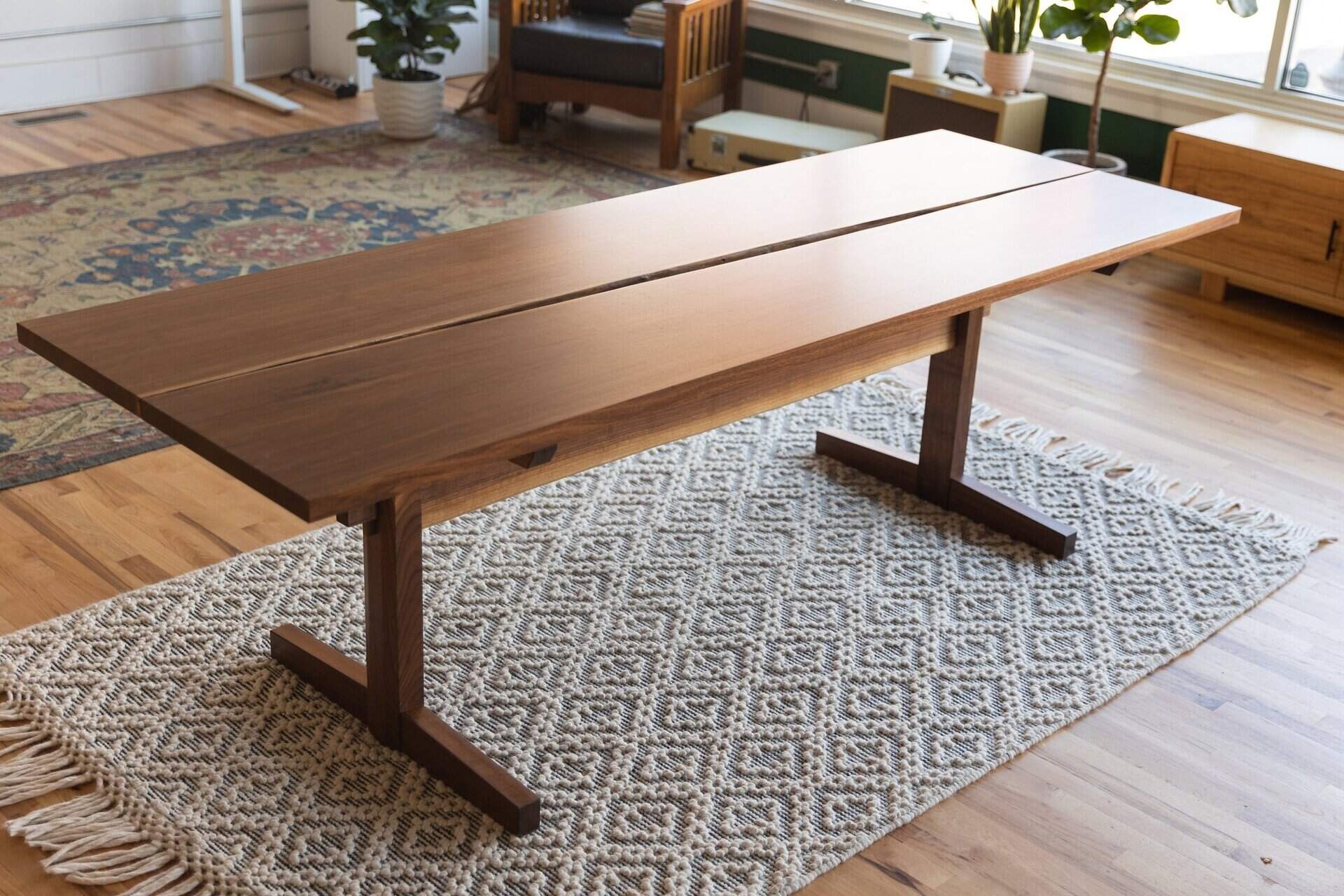

Table Decor
What Style Is A Trestle Table?
Modified: January 6, 2024
Discover the style of a trestle table and elevate your table decor with timeless elegance. Explore our range of trestle tables for your perfect centerpiece.
(Many of the links in this article redirect to a specific reviewed product. Your purchase of these products through affiliate links helps to generate commission for Storables.com, at no extra cost. Learn more)
Introduction
Welcome to the world of table décor! If you’re someone who appreciates the beauty and functionality of different styles of tables, you’ve come to the right place. In this article, we’ll be diving deep into the world of trestle tables – a classic and timeless choice that adds elegance and charm to any space.
Trestle tables have a rich history that dates back centuries, and they continue to be a popular choice for both traditional and modern homes. Whether you’re hosting a family gathering, working from home, or simply looking to add a touch of sophistication to your living space, a trestle table can be the perfect addition.
In this article, we’ll explore the history of trestle tables, discuss their unique characteristics, delve into the different styles available, and offer some insights on how to incorporate them into your home décor. So, get ready to discover the allure and versatility of trestle tables!
Key Takeaways:
- Trestle tables, with their rich history and unique characteristics, offer both functionality and aesthetic value to any space, making them a versatile and timeless choice for home décor.
- From farmhouse to contemporary styles, trestle tables come in diverse designs and materials, providing homeowners with options to seamlessly integrate these charming pieces into their home décor.
Read more: What Is A Trestle Dining Table
History of Trestle Tables
The history of trestle tables can be traced back to medieval times, where they were commonly used in castles, banquet halls, and monastic dining rooms. The word “trestle” comes from the Old French word “trestel,” meaning a crossbeam or support.
During the Middle Ages, trestle tables were designed with a simple yet efficient construction that allowed for easy assembly and disassembly. The table consisted of two or more trestle supports, often shaped like an inverted “V” or “X,” connected by a horizontal beam called a “lunette.”
These tables were not only functional but also versatile. They could serve as catering tables, dining tables, or workbenches, depending on the occasion. The ability to fold and store the table when not in use made it a practical solution for spaces with limited room.
As time went on, trestle tables evolved in design and gained in popularity. They became a staple in European furniture, especially during the Renaissance period. The tables were often adorned with elaborate carvings and decorative elements, showcasing the craftsmanship of the era.
With the advent of the Industrial Revolution in the 18th century, trestle tables also underwent changes in materials and manufacturing techniques. The introduction of new materials such as metal and the use of machinery allowed for mass production, making trestle tables more accessible to a wider range of people.
Today, trestle tables continue to be cherished for their aesthetic appeal and functional design. They have stood the test of time, transitioning from medieval halls to modern dining rooms, conference rooms, and even outdoor spaces.
Now that you have a glimpse into the history of trestle tables, let’s delve into their defining characteristics and understand what makes them a unique choice for your home décor.
Characteristics of Trestle Tables
Trestle tables are known for their distinctive characteristics that set them apart from other table styles. Whether you’re an interior design enthusiast or simply looking for a functional yet stylish addition to your home, here are some key features to consider when it comes to trestle tables:
- Support Structure: Trestle tables are supported by two or more trestle supports, which are typically positioned at each end of the table. These supports can be shaped like an inverted “V,” “X,” or even a simple rectangular frame. The supports provide stability and allow for easy assembly and disassembly.
- Horizontal Beam: The trestle supports are connected by a horizontal beam called a “lunette.” This beam serves as a structural element, ensuring the stability and balance of the table.
- Freedom of Leg Movement: Unlike tables with four legs, trestle tables offer more legroom and freedom of movement. The absence of legs at the corners allows for comfortable seating on all sides of the table, making it ideal for accommodating larger groups of people.
- Extendable Options: Many trestle tables come with extendable features, allowing you to increase the table’s length when needed. This flexibility is especially useful for hosting gatherings or accommodating additional guests.
- Wide Surface Area: Trestle tables typically have a wide surface area, providing ample space for a variety of activities. Whether you’re using it as a dining table, a workspace, or a display area, you’ll have plenty of room to spread out and organize your belongings.
- Visual Appeal: Trestle tables are valued not only for their functionality but also for their aesthetic appeal. The unique design of the trestle supports and the horizontal beam adds visual interest and can serve as a focal point in any room. The tables often feature woodwork or metalwork that showcases intricate details and craftsmanship.
These characteristics make trestle tables a versatile and timeless choice for your home décor. Whether you prefer a traditional or contemporary style, there’s a trestle table that can perfectly complement your space. In the next section, we will explore the different styles of trestle tables available to suit various design preferences.
Styles of Trestle Tables
Trestle tables come in a variety of styles, allowing you to find the perfect match for your home décor. From classic and rustic designs to more modern and sleek options, here are some popular styles of trestle tables:
- Farmhouse Style: Farmhouse-style trestle tables are characterized by their rustic and charming aesthetic. These tables often feature a distressed finish, natural wood tones, and simple yet sturdy trestle supports. They bring a cozy and welcoming feel to any space and are perfect for farmhouse, cottage, or country-inspired interiors.
- Traditional Style: Traditional-style trestle tables exude elegance and sophistication. They often feature ornate carvings, decorative details, and a rich wood finish. These tables are ideal for formal dining areas or rooms with a classic design theme.
- Industrial Style: If you’re a fan of the industrial aesthetic, an industrial-style trestle table might be the right choice for you. These tables often combine wood and metal elements, giving them a raw and edgy look. They work well in modern, loft-style apartments or spaces with an urban-industrial vibe.
- Contemporary Style: Contemporary-style trestle tables have sleek lines, minimalist designs, and a focus on functionality. They are often crafted from materials like glass, lacquered wood, or metal, creating a clean and modern look. These tables are perfect for spaces with a minimalist or Scandinavian design aesthetic.
- Reclaimed Wood Style: Reclaimed wood trestle tables are becoming increasingly popular due to their eco-friendly appeal and unique character. These tables are made from salvaged or repurposed wood, showcasing the natural imperfections and charm of the material. They add warmth and a touch of history to any space, making them a great choice for bohemian, eclectic, or rustic-themed interiors.
These are just a few examples of the diverse styles of trestle tables available. When choosing a style, consider the overall aesthetic of your space, the design theme you want to achieve, and your personal preferences.
Now that you’re familiar with the different styles, let’s discuss the materials commonly used to craft trestle tables in the following section.
When choosing a trestle table, consider the style of your space. A traditional trestle table with intricate details may suit a classic or rustic decor, while a sleek, modern trestle table may be better for a contemporary space.
Materials Used for Trestle Tables
Trestle tables are crafted from a variety of materials, each offering its own unique look and characteristics. The choice of material can greatly impact the overall style and durability of the table. Here are some common materials used for trestle tables:
- Wood: Wood is the most traditional and popular choice for trestle tables. Hardwoods such as oak, walnut, and cherry are commonly used for their durability and beautiful grain patterns. Wooden trestle tables exude warmth and natural beauty, making them a timeless option for any interior.
- Metal: Metal trestle tables offer a contemporary and industrial appeal. They are often crafted from materials like stainless steel or wrought iron. Metal tables can be sleek and minimalist in design, perfect for modern and urban-inspired spaces.
- Glass: Glass trestle tables bring a touch of elegance and sophistication to any room. They have a light and airy look that can make a space feel more spacious. The glass is often combined with metal or wood elements to create a visually stunning table.
- Reclaimed Wood: Trestle tables made from reclaimed wood are gaining popularity due to their sustainability and unique character. These tables are crafted from salvaged or repurposed wood, often showcasing original markings, texture, and patina. A reclaimed wood trestle table adds a rustic and eco-friendly touch to your home décor.
- Composite Materials: In recent years, composite materials have also entered the market for trestle tables. These materials, such as engineered wood or laminate, offer a more budget-friendly option while still providing durability and versatility in design.
When choosing the material for your trestle table, consider factors such as your desired style, maintenance requirements, and budget. Each material has its own strengths and characteristics, so choose one that best suits your needs and complements the overall aesthetic of your space.
Now that we’ve explored the materials used in crafting trestle tables, let’s move on to discussing the advantages and disadvantages of these versatile pieces of furniture.
Read more: What Is A Pub-Style Table?
Advantages and Disadvantages of Trestle Tables
Trestle tables offer several advantages that make them a popular choice for both practicality and style. However, like any furniture piece, they also have a few considerations to keep in mind. Let’s explore the advantages and disadvantages of trestle tables:
- Advantages:
- Tremendous Versatility: Trestle tables are incredibly versatile and can be used for various purposes. Whether you need a dining table, a workspace, or a display area, a trestle table can adapt to your needs.
- Ample Seating Space: The design of trestle tables allows for freedom of leg movement and comfortable seating on all sides. There are no legs at the corners, so you can easily accommodate more people around the table.
- Easy Assembly and Disassembly: Trestle tables are designed for easy assembly and disassembly, making them convenient for spaces with limited room or for those who frequently move or rearrange furniture.
- Stylish and Timeless: Trestle tables bring an element of sophistication and charm to any space. With various styles and materials available, you can find a trestle table that complements your interior design theme.
- Extendable Options: Many trestle tables come with extendable features, allowing you to adapt the table size according to your needs. This is especially useful for accommodating larger groups or hosting gatherings.
- Disadvantages:
- Space Requirements: Trestle tables generally require more space due to their design, especially when fully extended. It’s essential to consider the available space in your home before choosing a trestle table.
- Less Mobility: Unlike tables with four legs, trestle tables are not as mobile or easy to move around. They are more suitable for a dedicated space rather than frequently shifting locations.
- Weight Limitations: Depending on the design and construction, trestle tables may have weight limitations. It’s important to consider the load capacity of the table if you plan to place heavy items on it.
- Maintenance: Certain materials used for trestle tables, such as wood, may require regular maintenance to preserve their appearance and prevent damage. You may need to periodically clean, polish, or seal the table to maintain its longevity.
Understanding the advantages and disadvantages of trestle tables will help you make an informed decision when choosing the right table for your home. Despite the minor considerations, trestle tables offer a host of benefits that make them an attractive choice for many homeowners.
Now that you have a clear understanding of the pros and cons, let’s explore how to incorporate a trestle table seamlessly into your home décor.
How to Incorporate a Trestle Table into Your Home Décor
Introducing a trestle table into your home décor can elevate the style and functionality of any room. Whether you’re using it as a dining table, a workspace, or a statement piece, here are some tips on how to seamlessly incorporate a trestle table into your home:
- Select the Right Size: Consider the available space in the room where you plan to place the trestle table and choose a size that fits proportionally. Ensure there is enough room for comfortable seating and movement around the table.
- Match the Style: Choose a trestle table that complements the existing style of your home. Whether you opt for a farmhouse, traditional, or modern design, select a table that harmonizes with the overall aesthetic of the room.
- Play with Contrast: Use the trestle table as an opportunity to create contrast in your space. For example, if your room features predominantly light-colored furniture, consider a darker or more rustic trestle table to add visual interest.
- Showcase the Tabletop: Make the tabletop of the trestle table a focal point by adorning it with decorative items or a centerpiece. This can include fresh flowers, a tray with candles, or an artful arrangement of books and accessories.
- Coordinate the Chairs: Choose chairs that complement the style and height of the trestle table. This can be matching chairs for a uniform look or mixing different styles for an eclectic touch. Consider the comfort and practicality of the chairs for the intended use of the table.
- Accessorize with Lighting: Illuminate the trestle table with suitable lighting to enhance its beauty. Pendant lights or a chandelier above the table can create a striking focal point, while table lamps or sconces can provide task lighting for a workspace.
- Consider Rug Placement: If you wish to anchor the trestle table in the room, consider placing a rug underneath. The rug can define the dining or work area and add warmth and texture to the space.
- Balance the Surrounding Décor: Ensure that the overall décor of the room is balanced around the trestle table. Coordinate with other furniture pieces, wall colors, and accessories to create a cohesive and harmonious look.
By following these tips, you can seamlessly integrate a trestle table into your home décor, creating a welcoming and stylish ambiance. Remember to personalize the space by adding your own decorative touches and accessories to make it truly yours.
Now that we’ve covered various aspects of trestle tables, let’s conclude our exploration of these versatile pieces of furniture.
Conclusion
Trestle tables have a rich history and timeless appeal that continues to capture the hearts of homeowners and interior design enthusiasts alike. With their versatile nature, unique characteristics, and various styles available, trestle tables offer both functionality and aesthetic value to any space.
From farmhouse to traditional, industrial to contemporary, there’s a trestle table style to suit every design preference and home décor theme. Whether you choose a rustic wooden table, a sleek metal and glass combination, or a reclaimed wood piece with a story to tell, a trestle table can serve as a focal point and set the stage for unforgettable gatherings.
The advantages of trestle tables, such as their versatility, ample seating space, easy assembly, and wonderful aesthetic appeal, make them a popular choice for homeowners looking for both practicality and style. While there are some minor considerations, such as the space requirements and maintenance, these factors can be easily managed with careful planning.
By following tips on how to incorporate a trestle table into your home décor, you can create a cohesive and visually pleasing environment. Choose the right size, match the style, coordinate the chairs, and accessorize thoughtfully to create a space that reflects your personal taste and lifestyle.
Whether you’re using a trestle table as a dining table, a workspace, or a statement piece, it will undoubtedly add an element of charm and sophistication to your home. Embrace the versatility and timeless beauty of trestle tables as you create a space that is both functional and visually captivating.
Now that you’re armed with a deeper understanding of trestle tables, go ahead and explore the various styles and options available to find the perfect one for your home. Let the trestle table become a centerpiece that brings people together and creates lasting memories in the heart of your home.
Frequently Asked Questions about What Style Is A Trestle Table?
Was this page helpful?
At Storables.com, we guarantee accurate and reliable information. Our content, validated by Expert Board Contributors, is crafted following stringent Editorial Policies. We're committed to providing you with well-researched, expert-backed insights for all your informational needs.

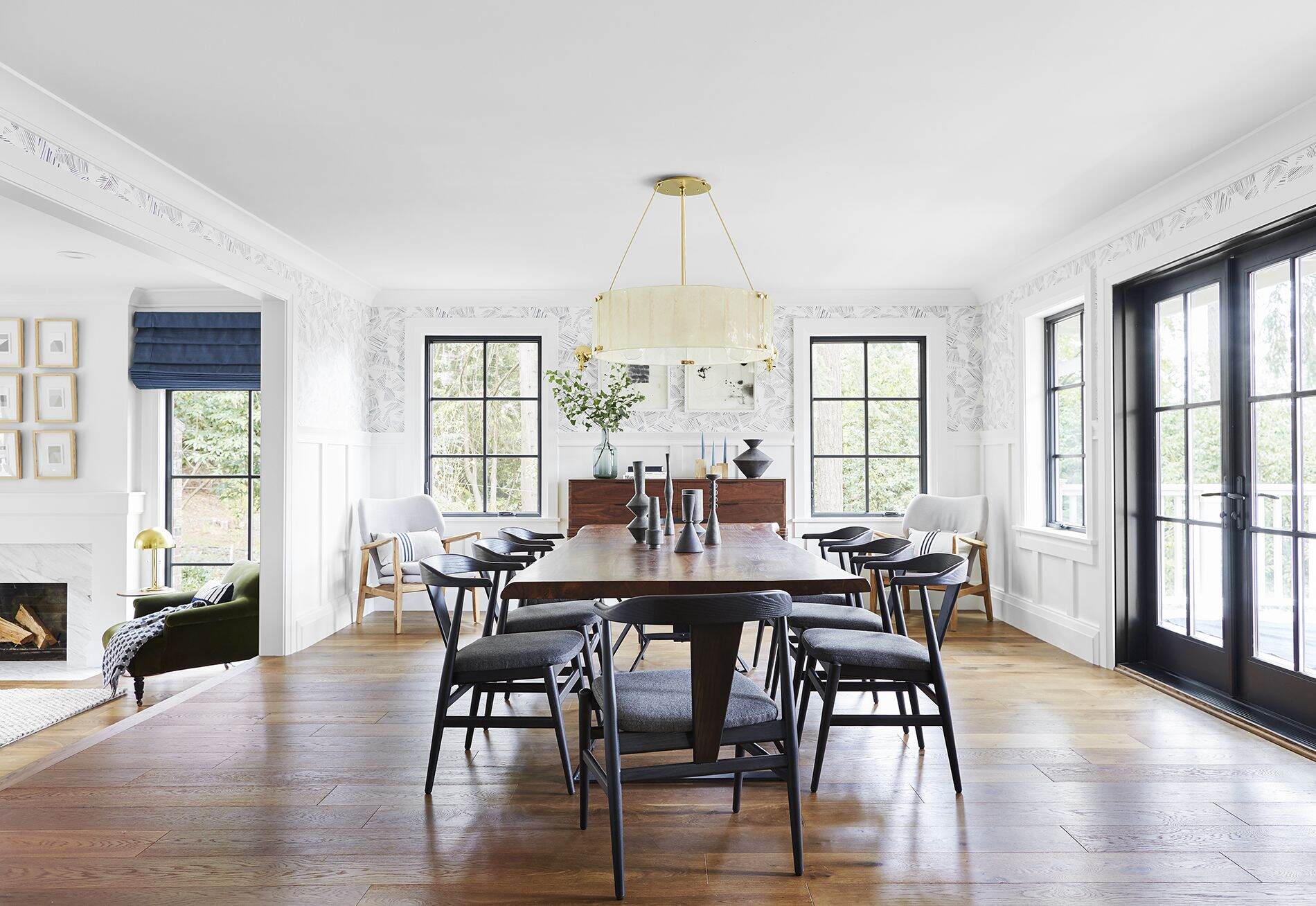
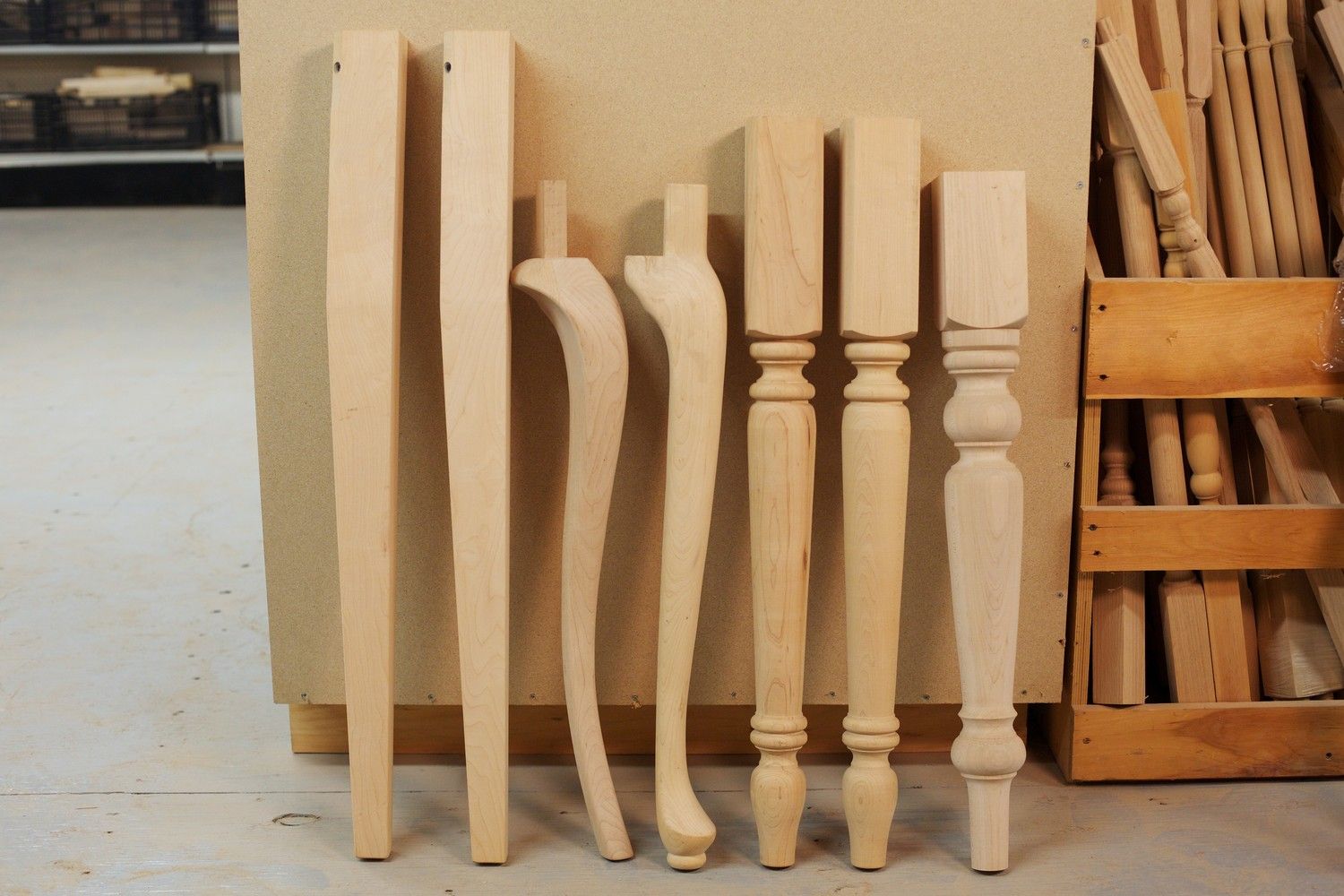
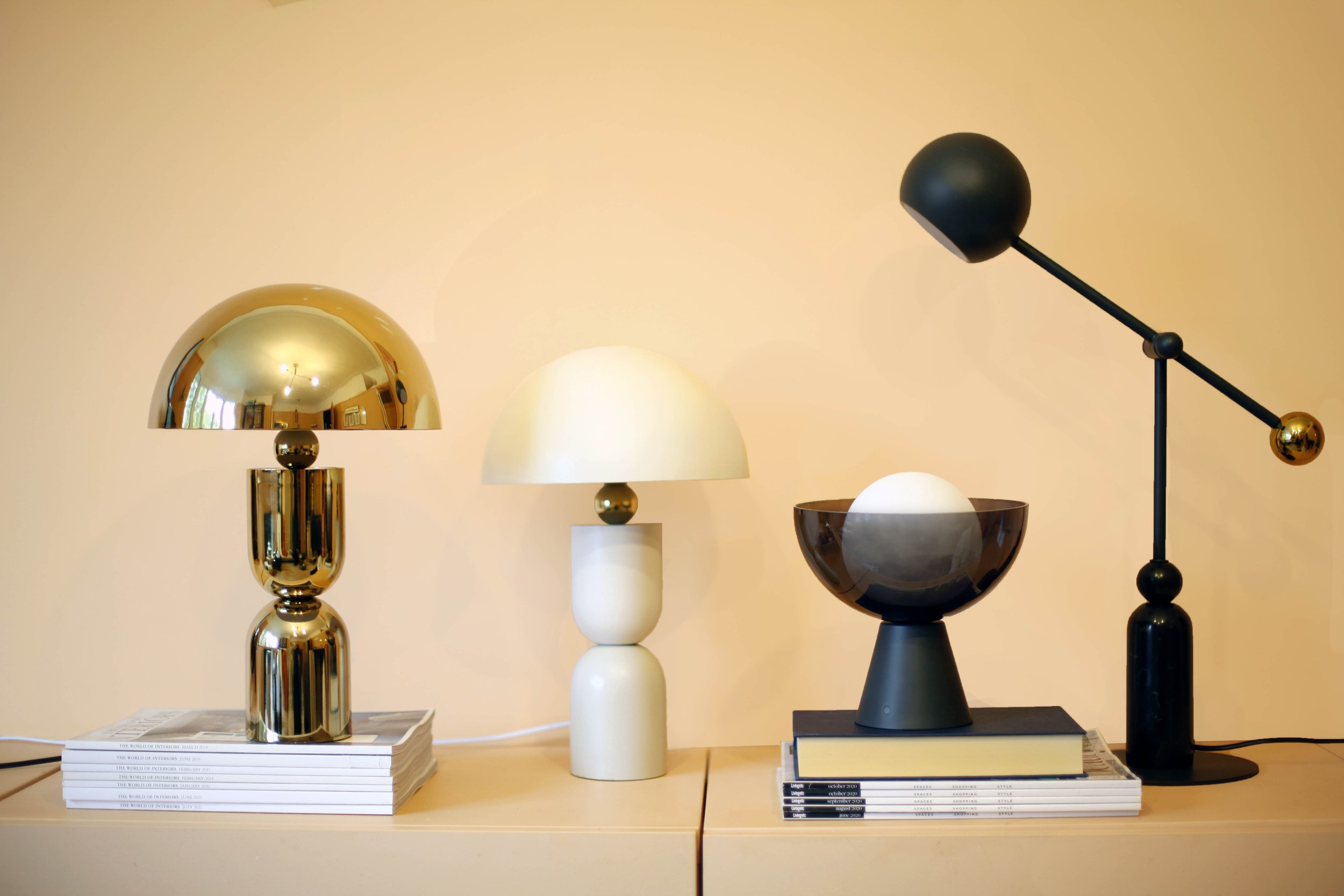
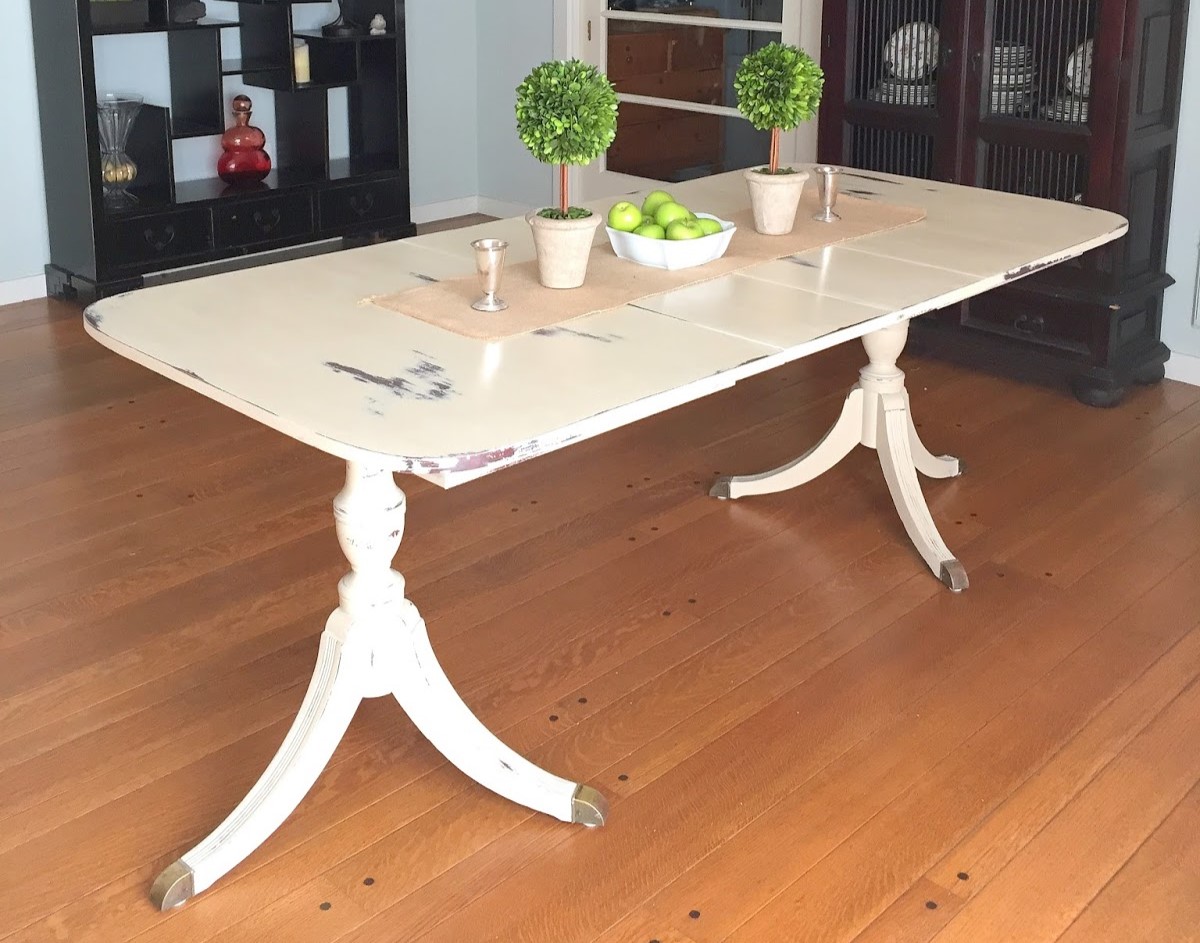
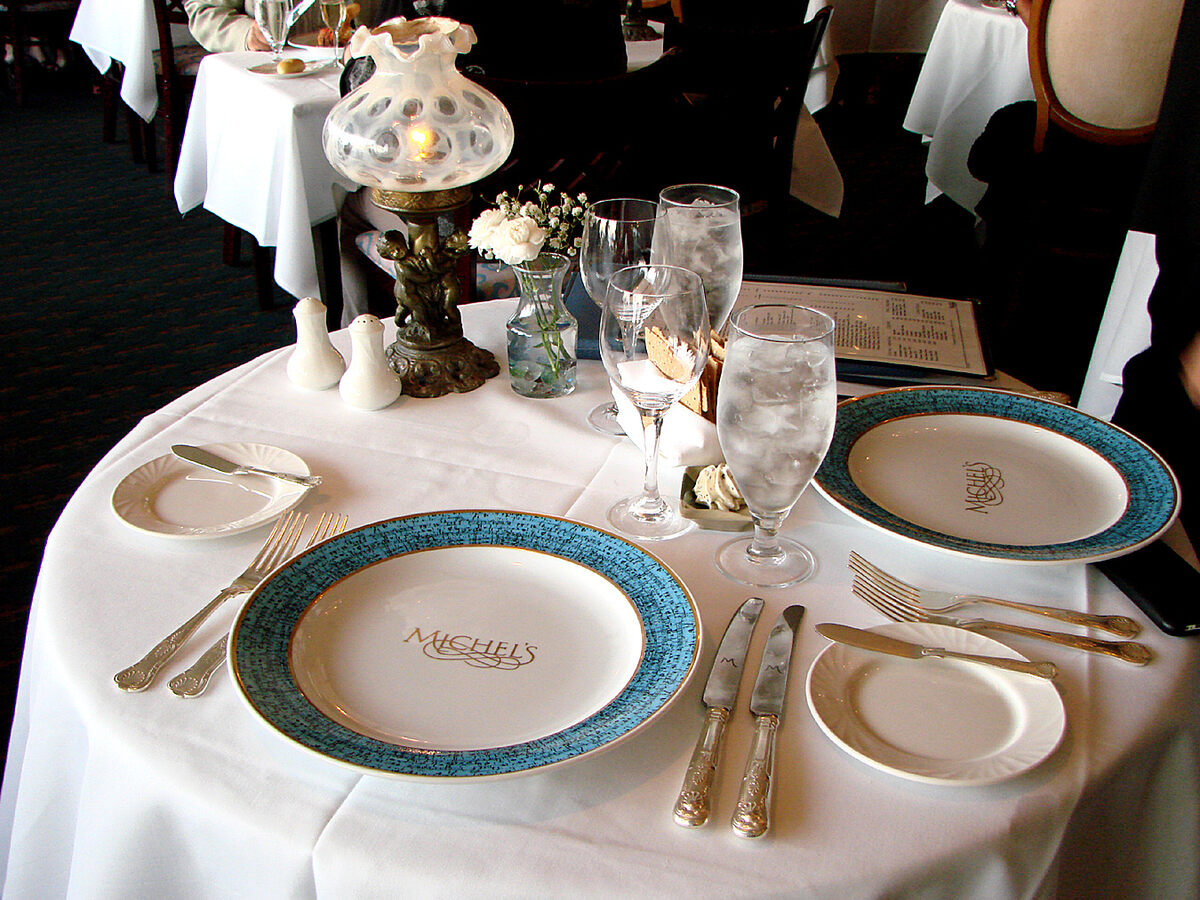
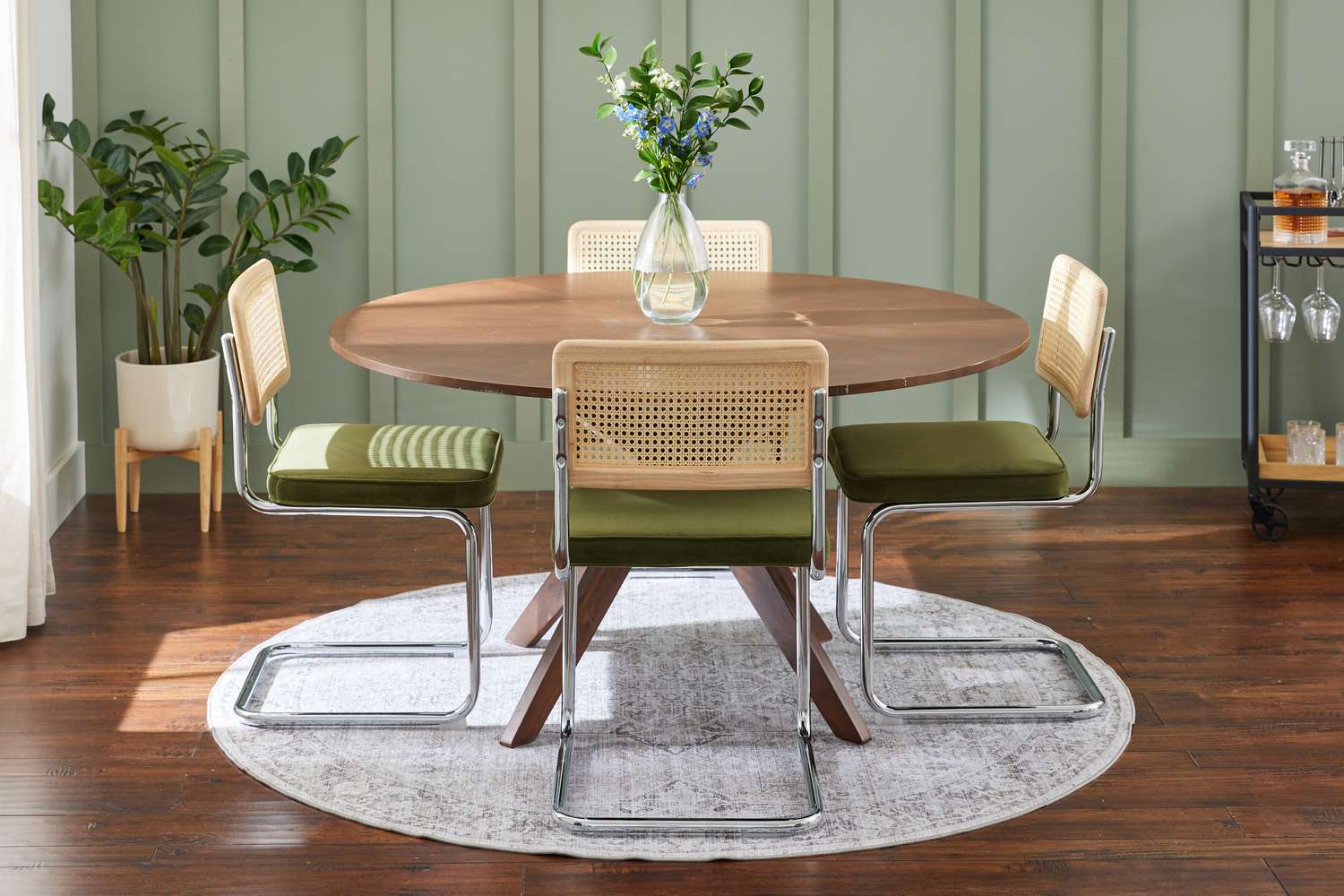
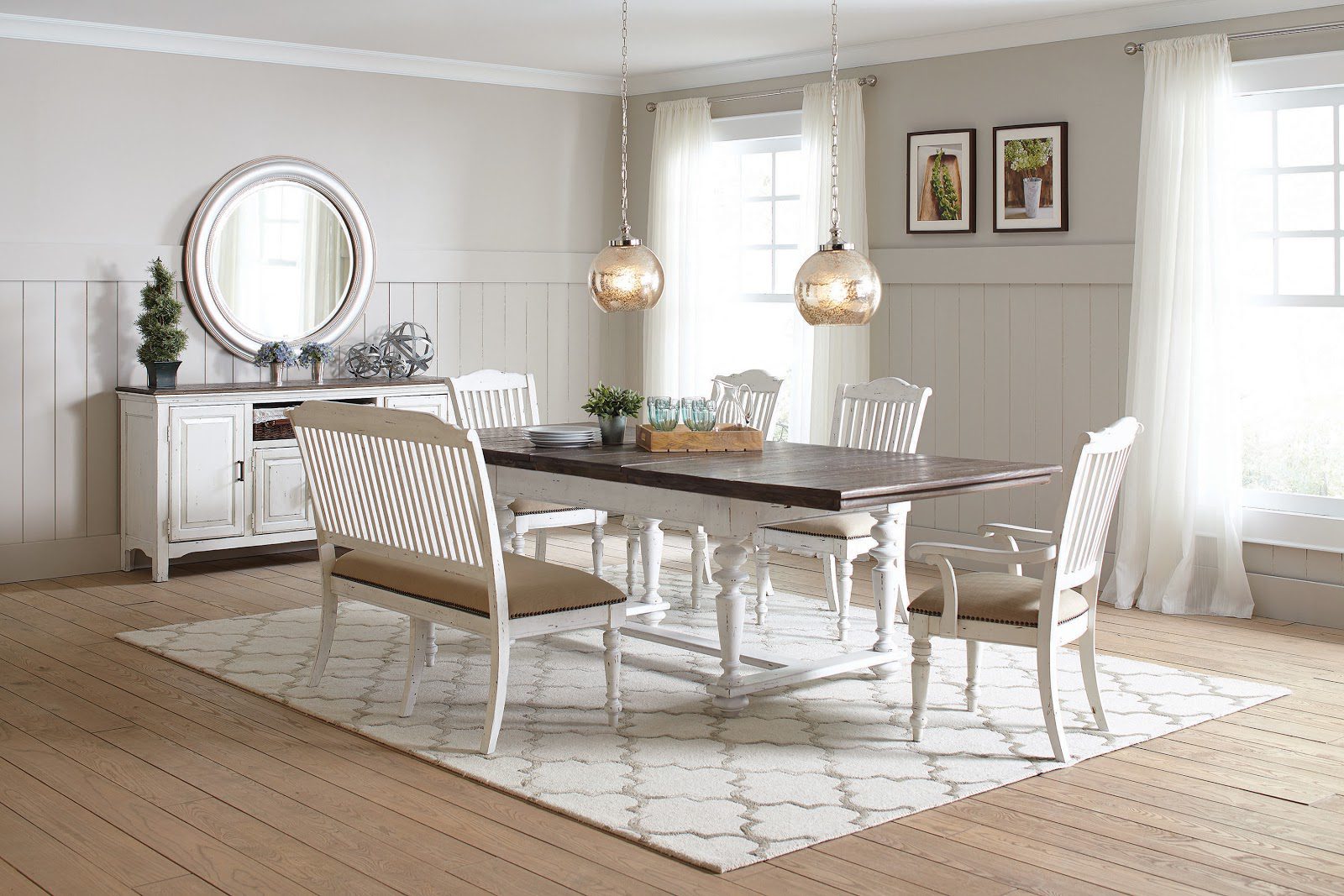
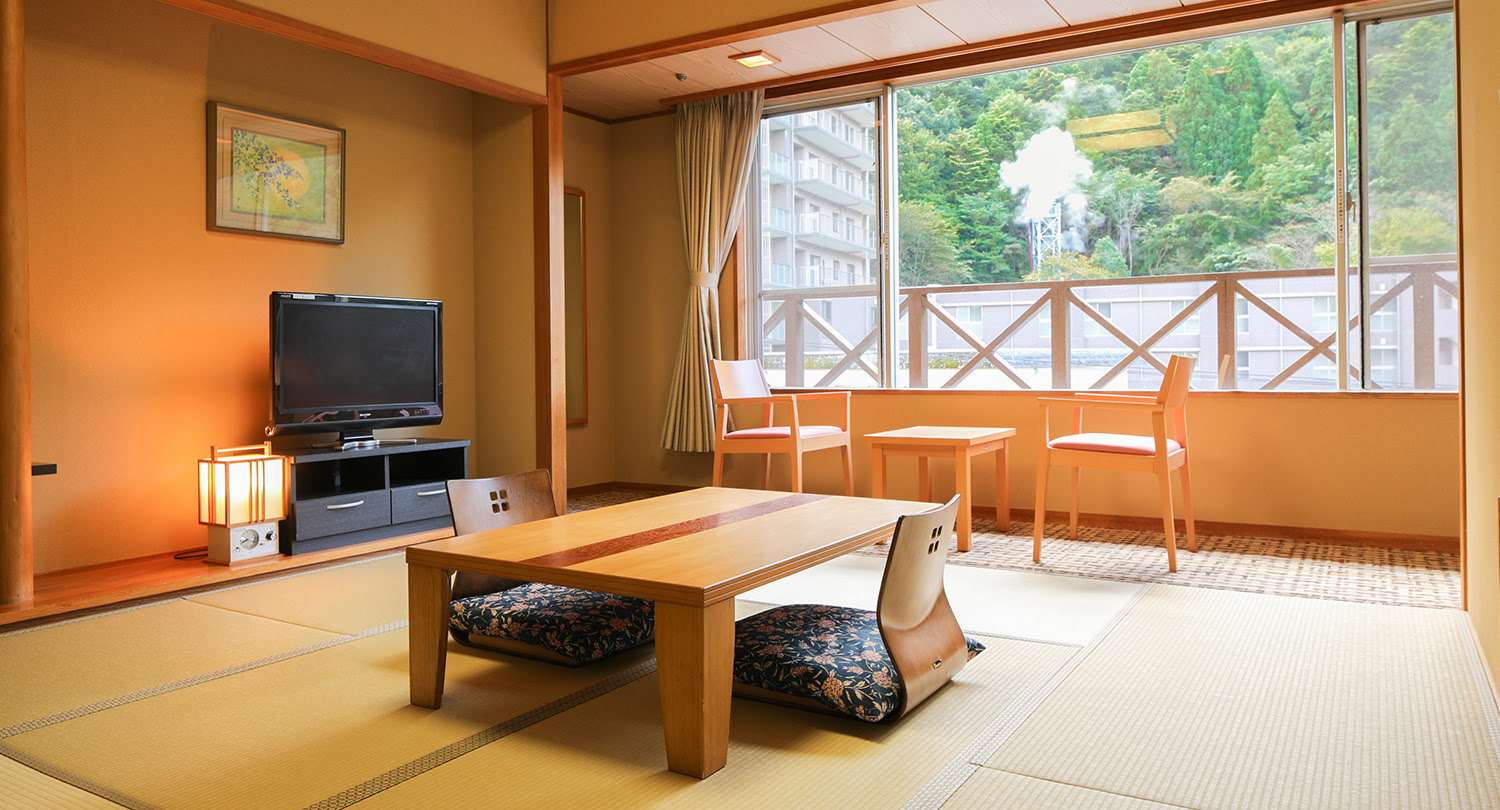
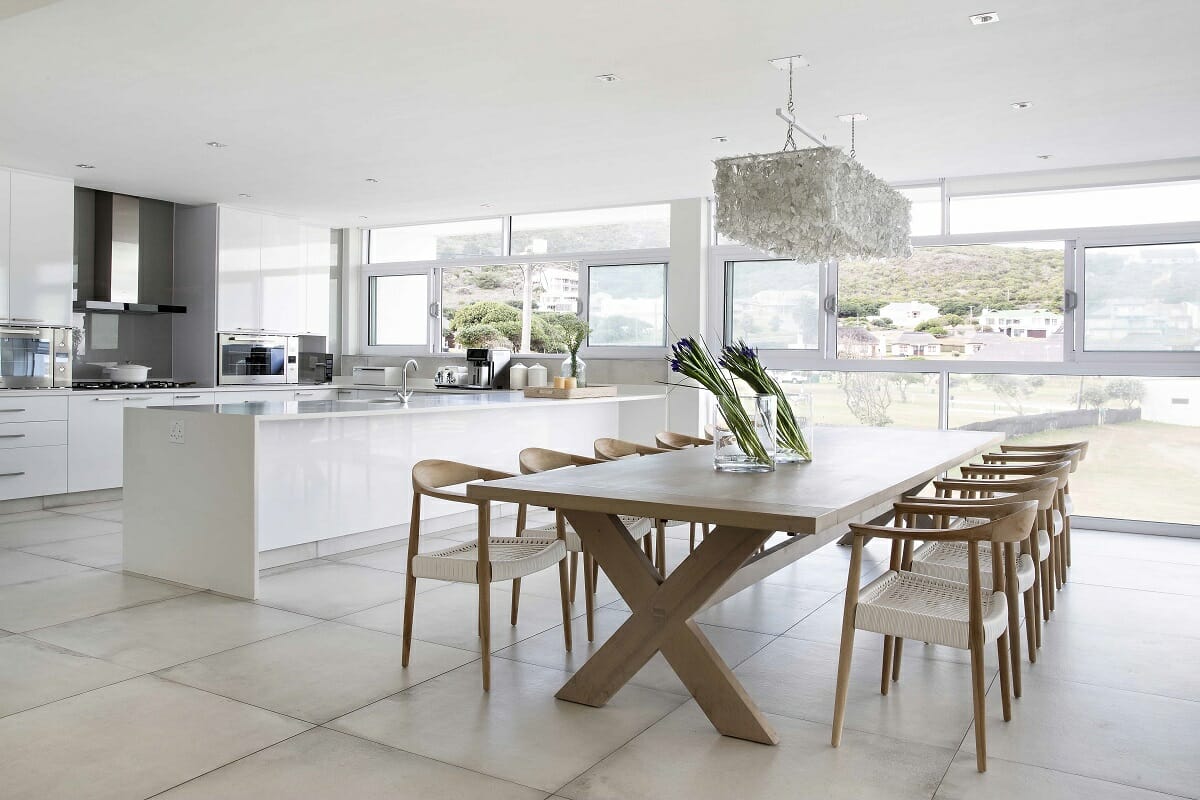
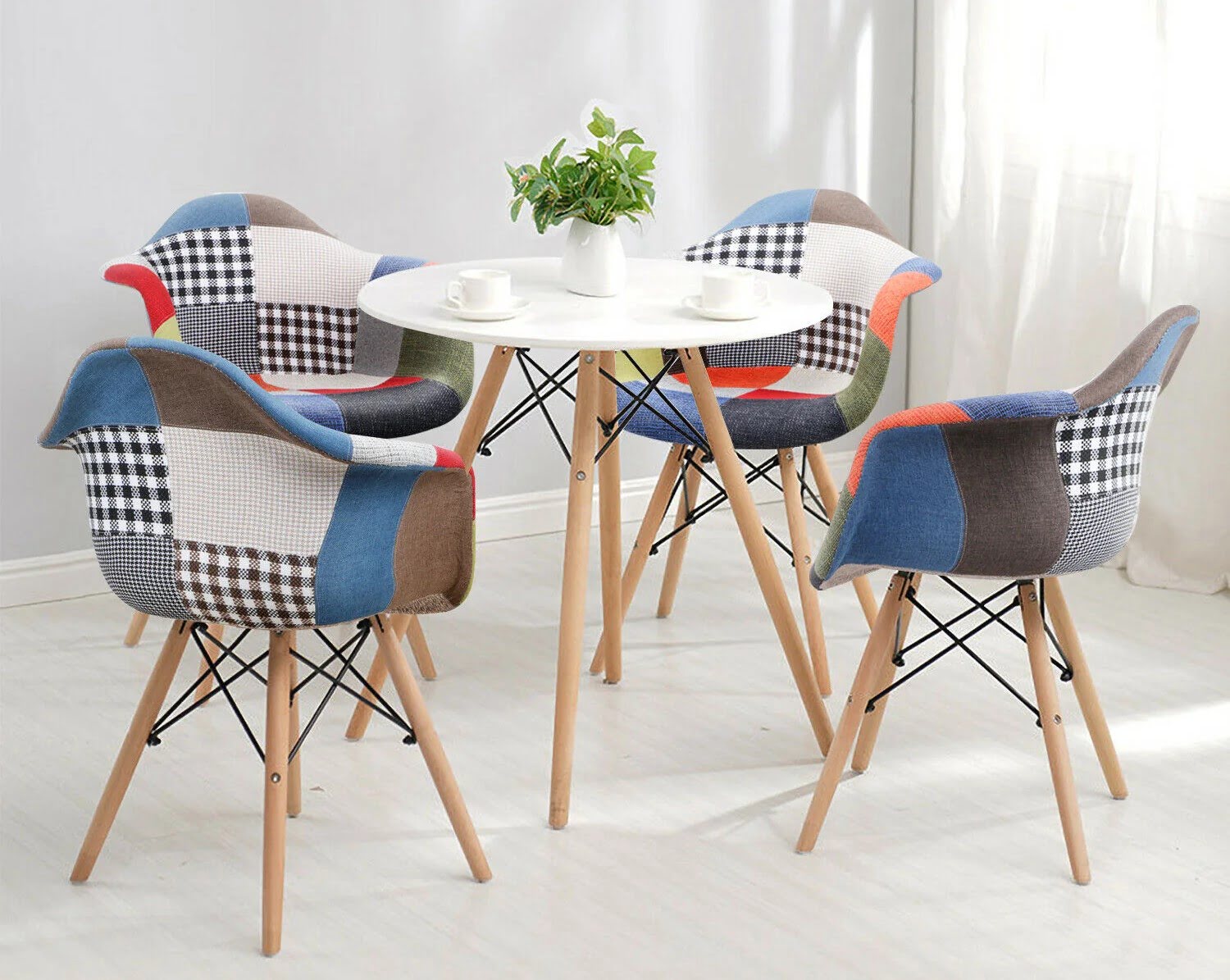
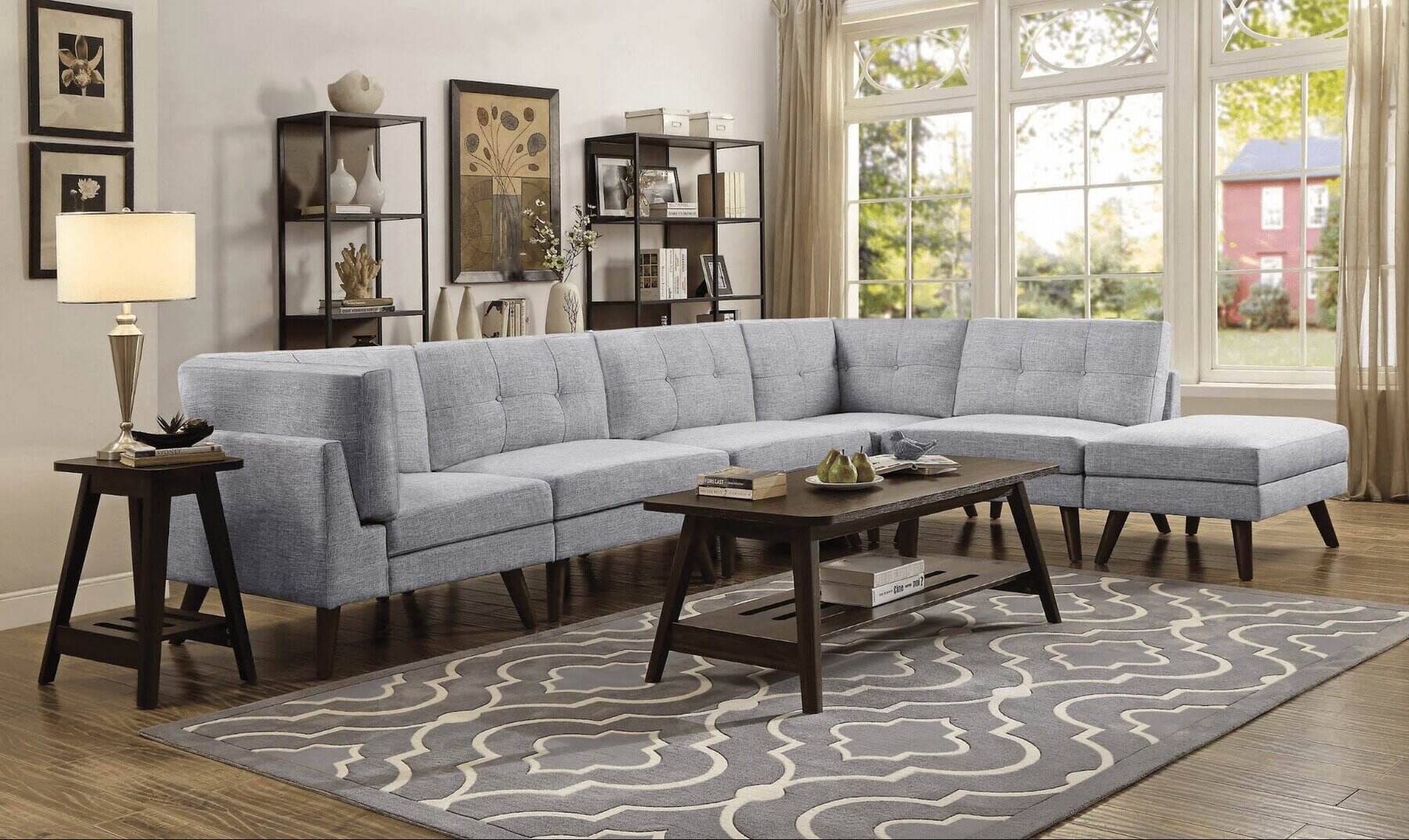
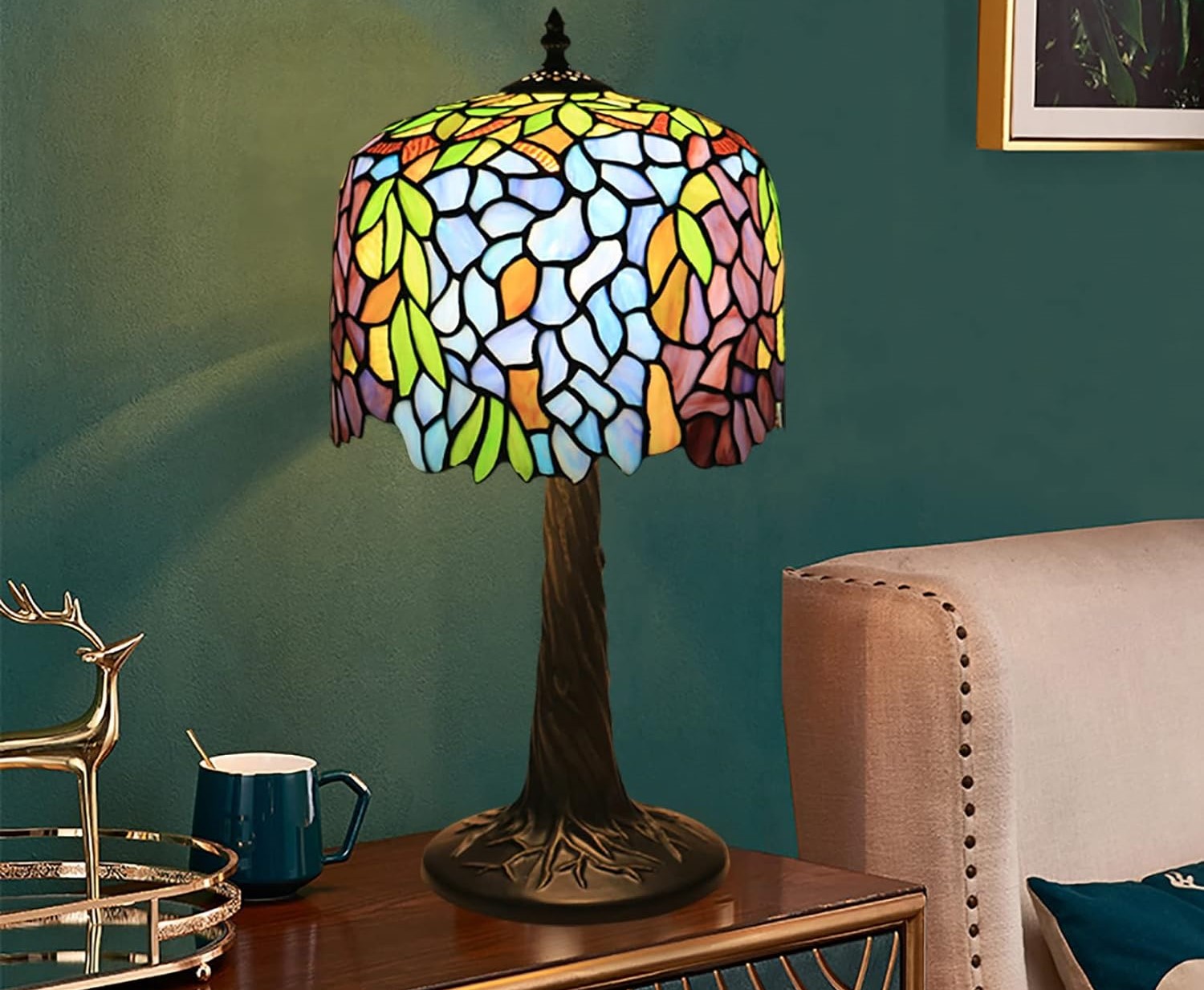
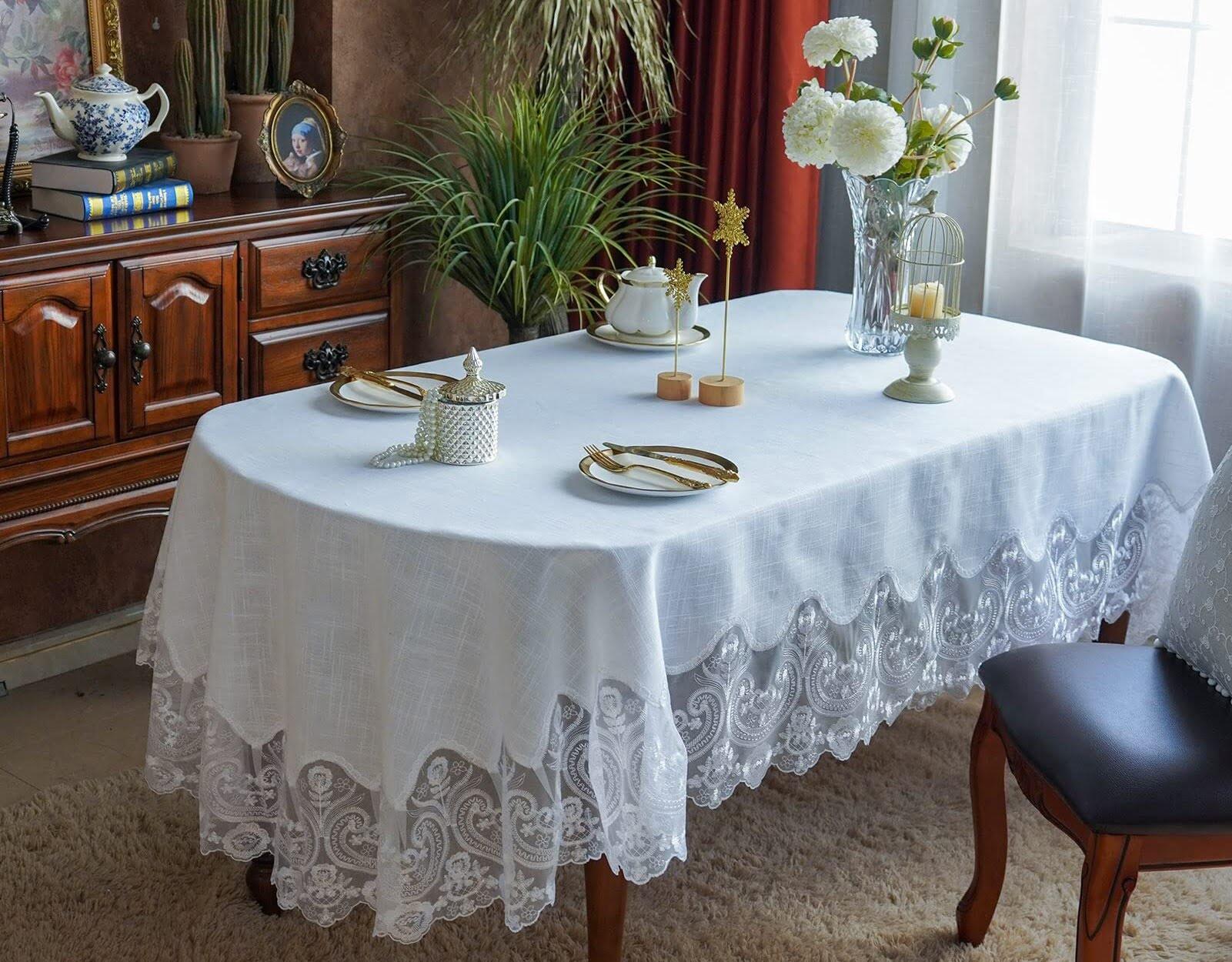

0 thoughts on “What Style Is A Trestle Table?”